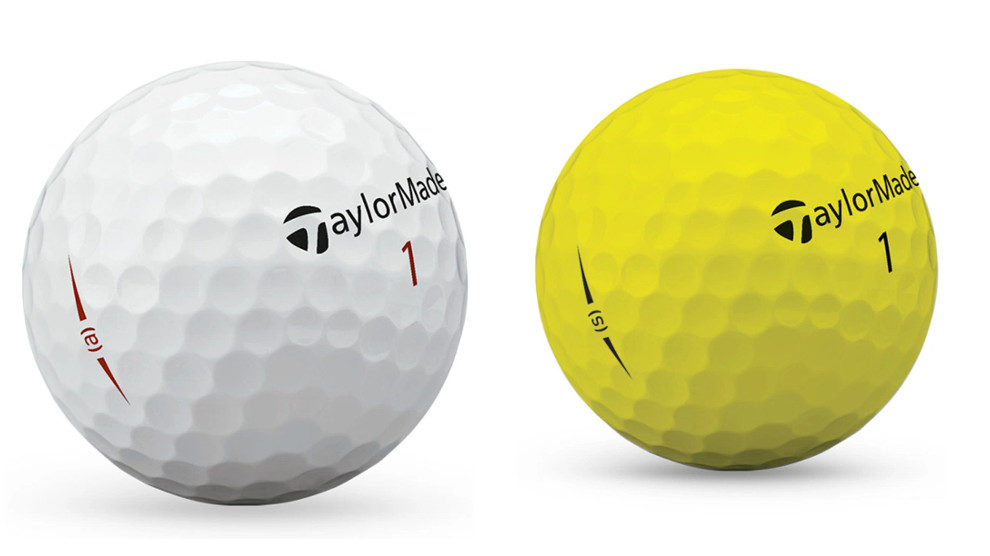All the rage in golf balls these days is a push toward softer, lower-compression balls. Golfers of all stripes like the feel that comes from a softer ball, and technology has advanced enough to allow golf-ball makers to create lower-compression golf balls while not sacrificing much in the way of distance.
Everyone wins.
However, most golfers talk about compression like an expert, yet they don't have much of an idea about compression and what it means to how far or how much they spin the golf ball.
What is golf ball compression rating?
At a fundamental level, the compression rating on a golf ball is a number that tells you how much a golf ball will deform at impact. You see, when you hit a golf ball, the energy you impart on it with your swing and the club you're using temporarily deforms the ball from a sphere to a more oval-like shape. If you have a lower-compression ball, then the ball deforms more the faster you swing compared to a higher-compression ball, which doesn't deform as much at impact. If a golf ball has a lower compression, the more surface area of the ball hits the club face at impact compared to a higher-compression ball.
As far back as the early 2000s, golf ball compression ratings were fairly tight, in the range of 70 to a staggering 110. These days, compression ratings have changed dramatically. Wilson Staff's Duo Spin ball has a 29 compression rating. Almost every Tour-caliber golf ball these days has a compression rating under 100. Technically, a golf ball's compression rating can range from below 0 to 180 (no deformation).
How to calculate golf ball compression rating
Wilson Golf's Frank Simonutti explains the golf ball compression rating is based on an equation, calculating to deformation of a golf ball under an applied, state load of 200 lbs. For each 0.001-inch increase in deformation, the golf ball's compression rating increases by one point.
Here's the equation: Compression = 180 – (deformation x 1000)
If a golf ball deforms 0 at this 200 lbs. static load, then the max compression is 180. If a golf ball deforms 0.2 inches, the golf ball conceivably has a -20 compression rating. Typically, golf balls you'll find compress 0.10-0.12 inches.
Golf ball compression ratings are quoted for the whole golf ball. However, compression ratings can be determined for a golf ball core as well.
Does a golf ball's compression rating tell you how far the golf ball goes?
No, not necessarily. With the USGA imposing very clear limits on how far a golf ball can travel per second, golf ball makers are using compression rating to help deliver feel and control, not dictate how far the ball can fly.
However, softer golf balls can allow players with slower swing speeds to compress the ball more easily and maximize distance off the tee with lower spin rates, coupled with a cover and dimple pattern designed to increase lift for an ideal flight.
These days, golf-ball makers use the core of their three-, four- and five-piece golf balls to have the feel they want. Each subsequent outer layer typically gets firmer and helps build up speed at impact, as they deform less. The fewer layers on a ball, the more likely the core will be larger to make that material most of what gets compressed at impact.
The cover of the golf ball can be used to stiffen up the total product of the ball and help with driver performance. This is especially true in two-piece balls with ionomer or Surlyn (DuPont trademark for that material) covers. With golf balls having three or more layers, a softer cover can be used for feel and the mantle layers can be stiffened to have the same effect.
Does a golf ball's compression rating tell you how much the golf ball spins?
A golf ball's compression rating also does not tell you how much a golf ball will spin. The compression is a small factor in that, but spin is determined by the broader characteristics of the ball -- dimple pattern, cover, compression, layers -- and the quality of the golf swing imparted on the ball.
As the swing speed increases through the bag, the core becomes more important to golf ball performance. A softer core can help create less spin while being compressed more, allowing for increased distance. With the scoring clubs, lower swing speeds mean the core of the ball means less toward the performance compared to the other layers of the ball.

